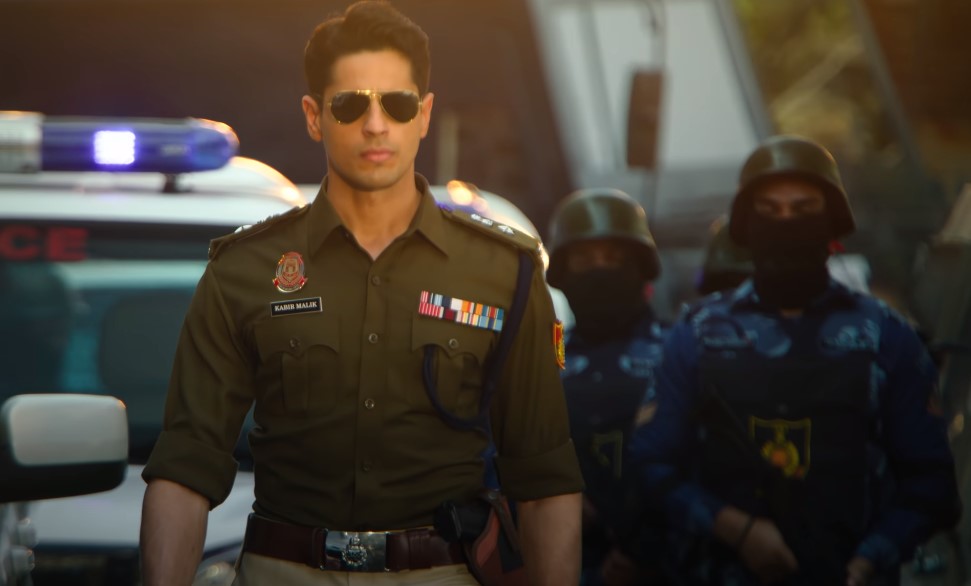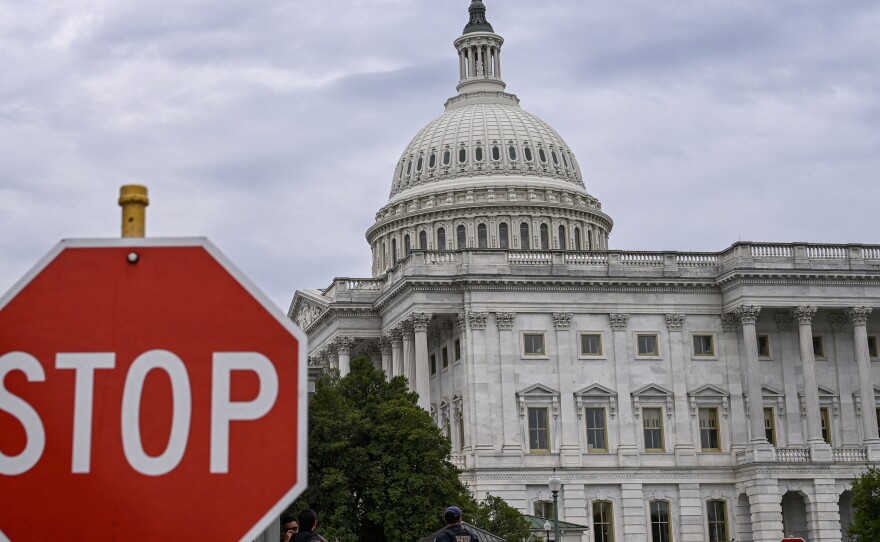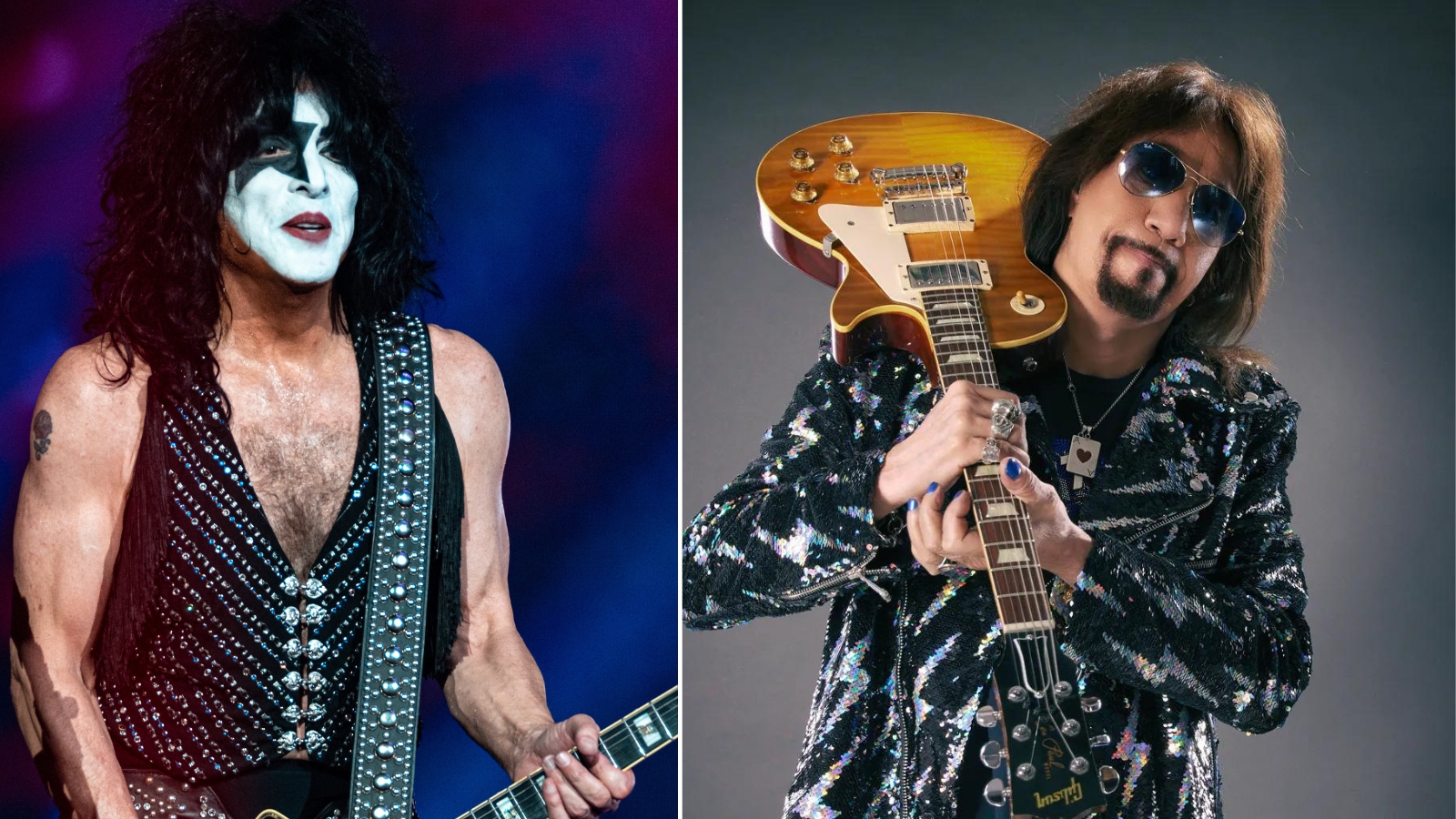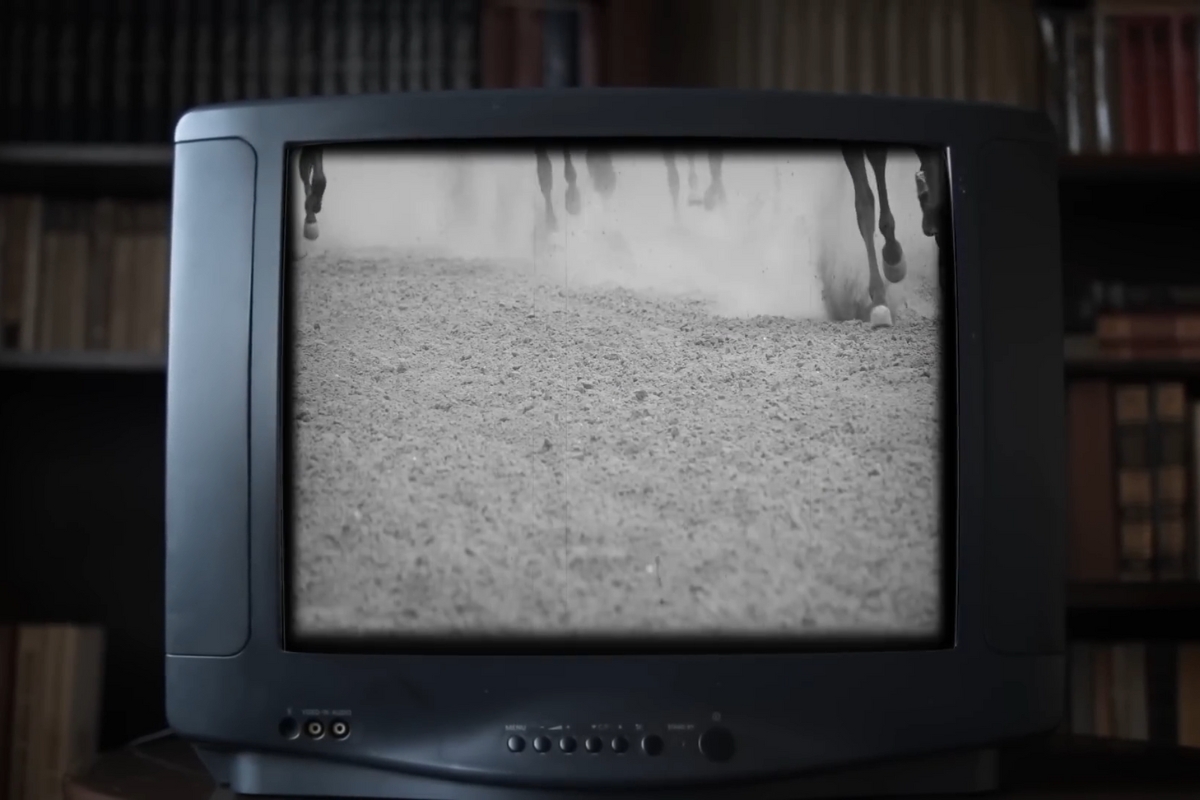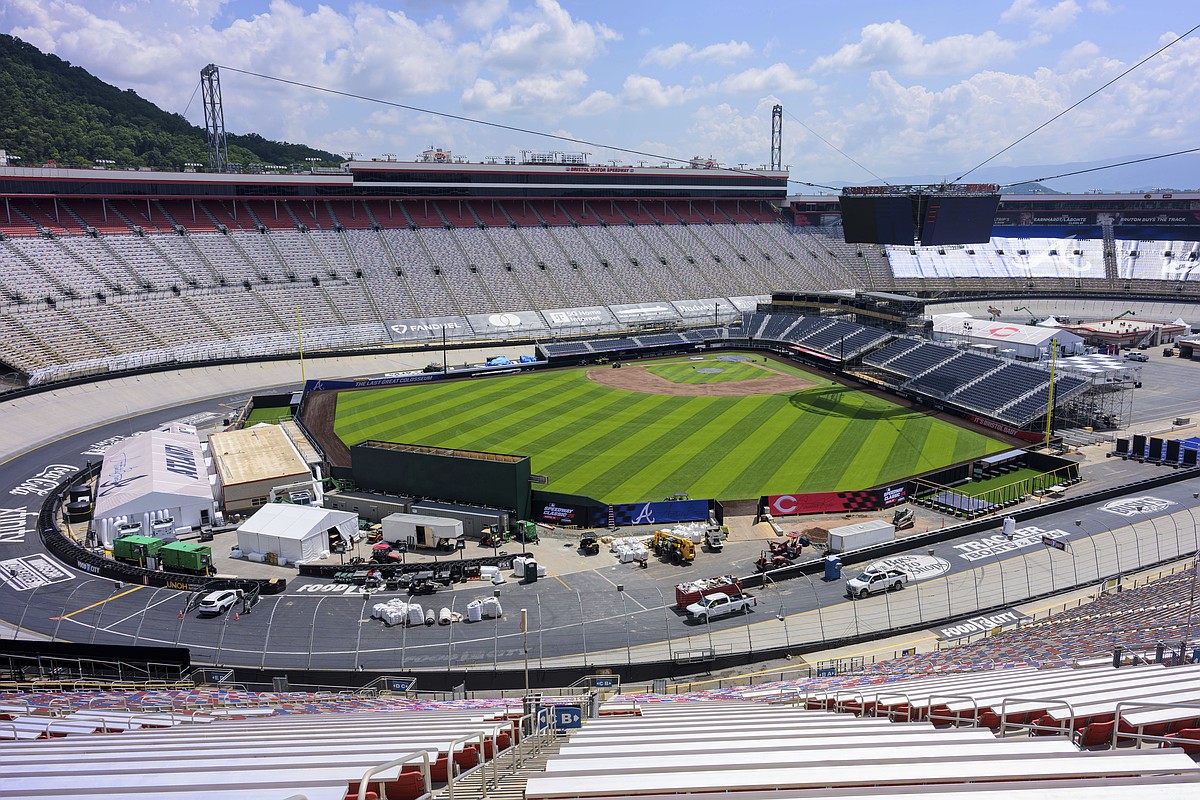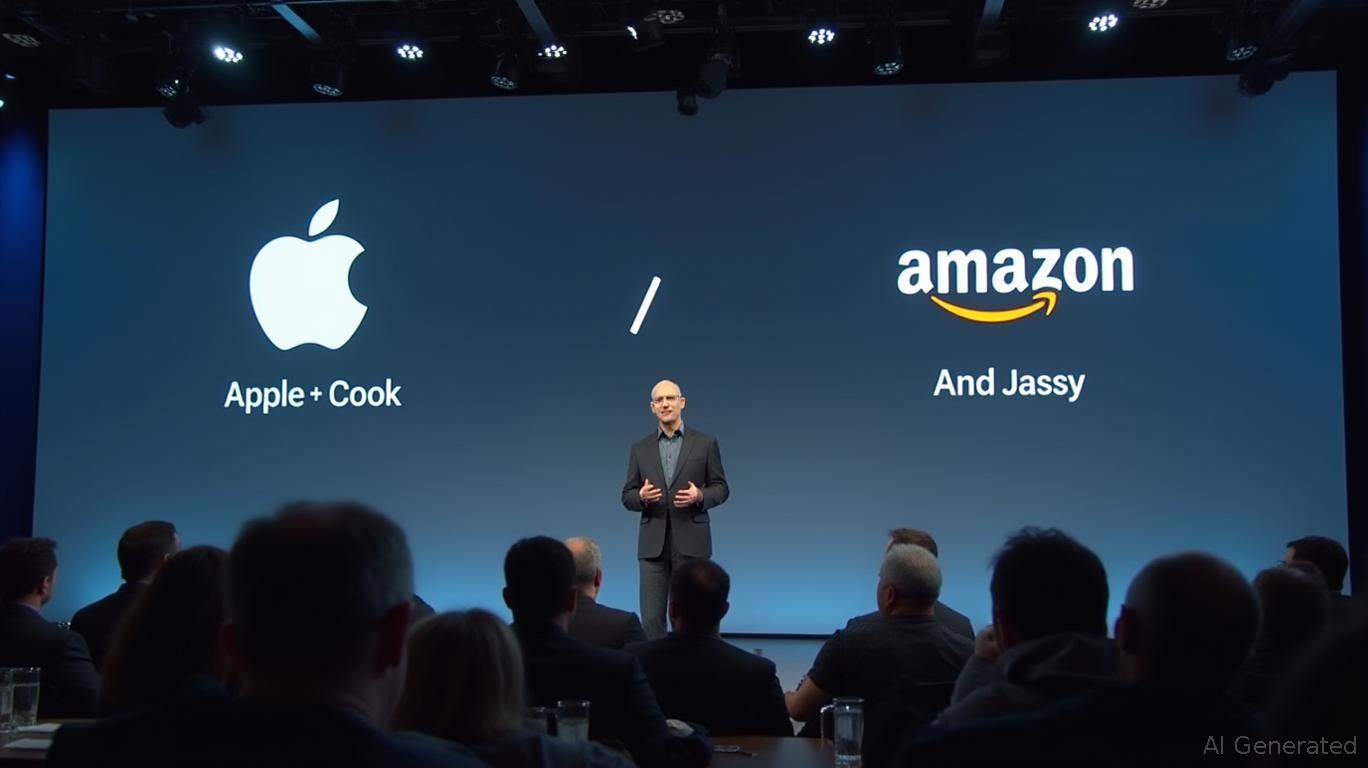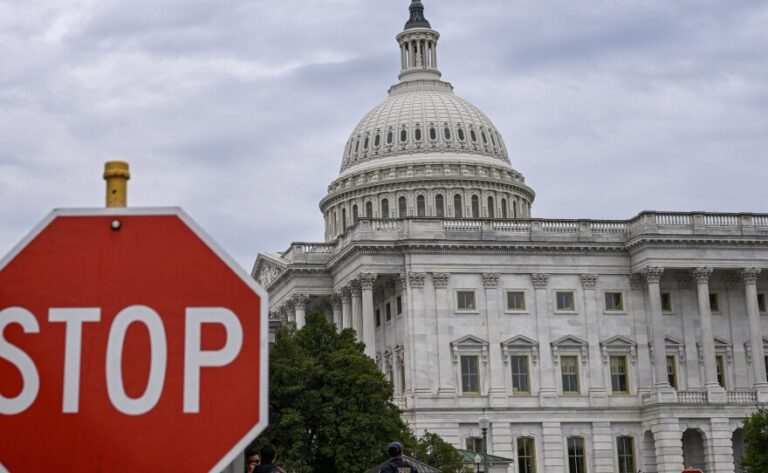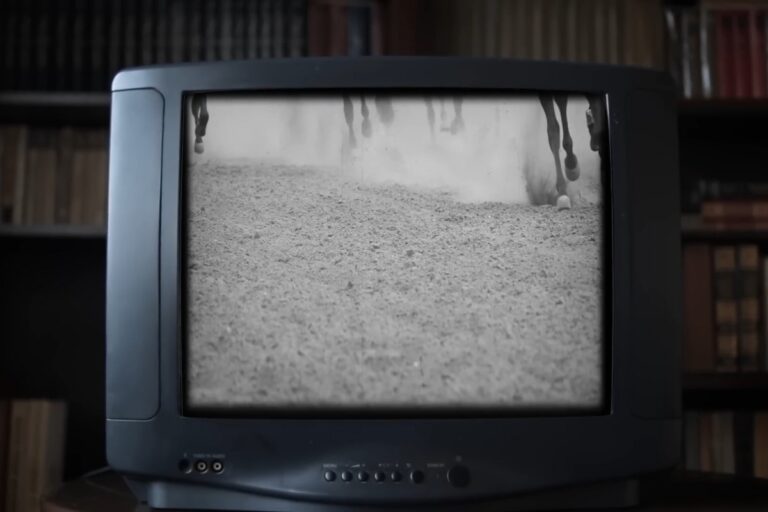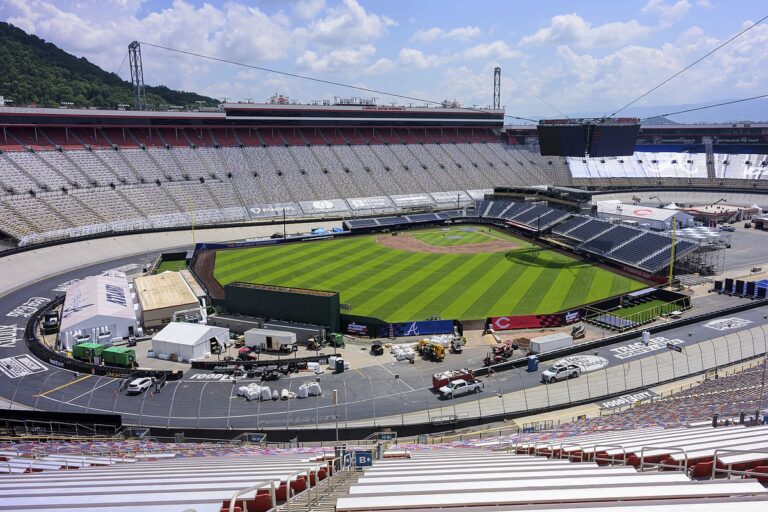India’s commando units stand as pillars of strength and resilience, embodying the spirit of courage and dedication to the nation’s security.
These elite forces, each with their unique set of skills and responsibilities, play a crucial role in safeguarding India’s sovereignty and maintaining peace within its borders.
From the dense jungles where the Cobra commandos track down insurgents to the high seas where MARCOS commandos execute covert operations with unmatched precision, these warriors are always at the ready.
Key Takeaways
- CISF Commando, SPG Commando Force, Force One, SFF, COBRA, Garud Commando Force, Ghatak Platoon, NSG, Para SF, MARCOS.
- Operation Cactus, Operation Khukri, 2016 Surgical Strikes, Counter-Insurgency in Kashmir, Anti-Piracy Operations, Operations against LTTE.
- Selection and Screening, Basic Training, Special Forces Selection, Specialization, Field Experience.
- High school diploma, Age 18-26 (varies by unit), Retirement after 10-17 years of service.
- Counter-terrorism, Covert reconnaissance, Amphibious warfare, Urban and jungle warfare, Airborne operations.
- Protection of critical infrastructure and VVIPs, Counter-insurgency and anti-terrorism, International crisis intervention, Maritime security.
10. CISF Commando – Industrial Defense Corps
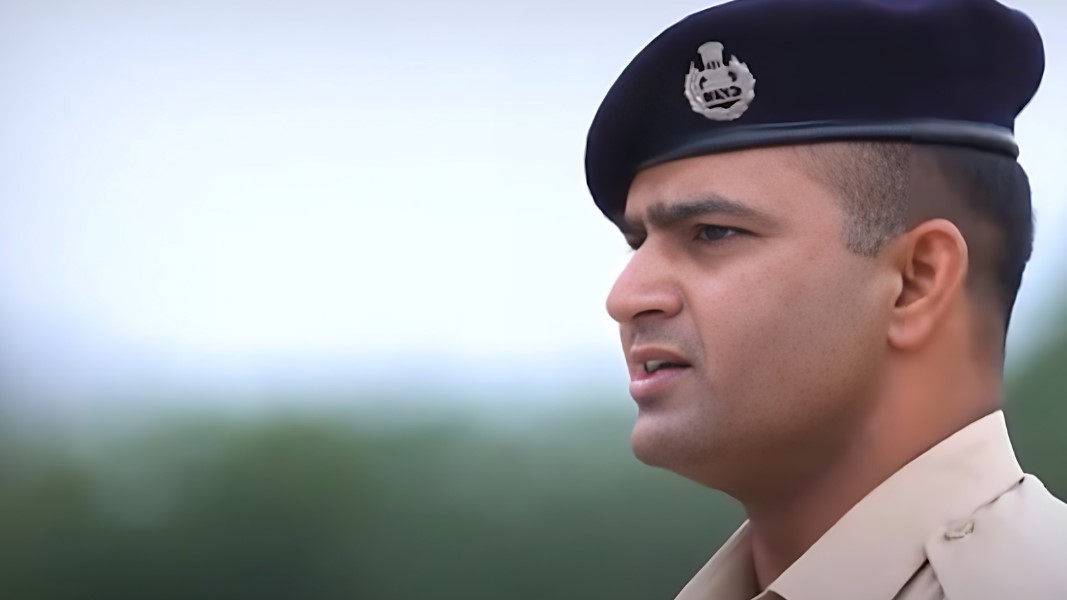
At the heart of safeguarding India’s critical infrastructure lies the valorous Central Industrial Security Force (CISF) Commandos. Their mission? To be the unwavering guardians of vital installations and industries, ensuring these pivotal entities operate smoothly and securely. This elite group of protectors is instrumental in preserving the integrity and functionality of the nation’s most valuable assets.
- Minimum Education: High school diploma
- Age of Enlistment: 20-26 years
- Retirement Age: After 15-17 years of service
- Recruitment Process: Candidates face a spectrum of tests and screenings
9. SPG – Vanguards to the VVIPs
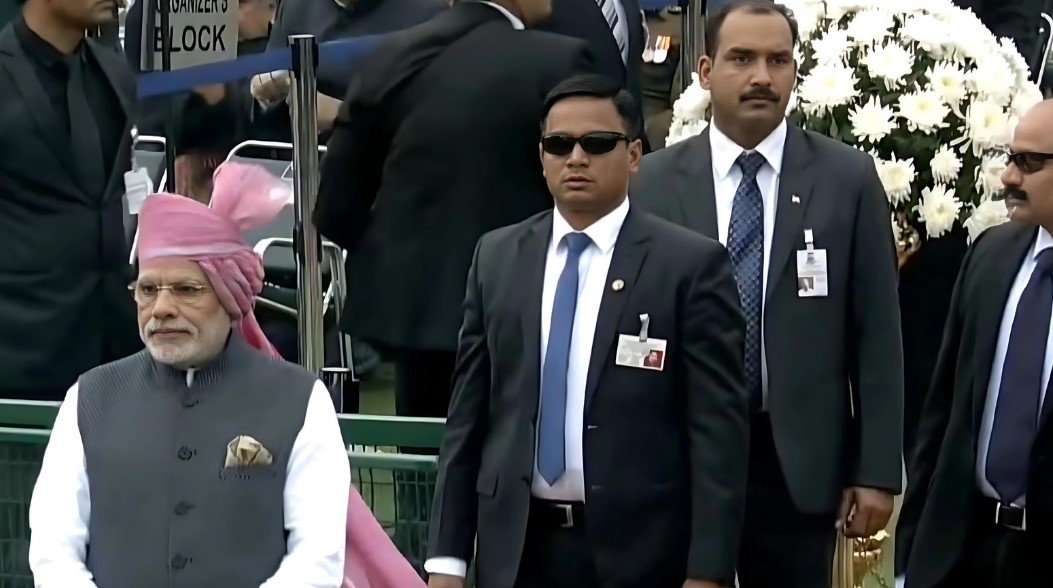
The Special Protection Group (SPG) Commando Force stands as the paramount shield for the nation’s highest-ranking officials. Esteemed as the “Shield of the Elite,” their unmatched expertise in counter-terrorism and advanced security protocols underscores their pivotal role in safeguarding India’s leadership. This elite force is celebrated for its rigorous training, precision, and dedication to the nation’s security.
- Minimum Education: High school diploma
- Age of Enlistment: Typically in their early 20s
- Retirement Age: After 15-17 years of service
- Recruitment Process: Entrants pass the CISF’s selection assessments-
8. Force One – Urban Counter-Terrorism Experts
In the wake of the harrowing 2008 Mumbai attacks, the city fortified its defenses by establishing Force One, a specialized counter-terrorism unit designed to combat and respond to terrorist threats with precision and agility according to Govinfo study. Emblematic of Mumbai’s resilience and unwavering spirit, Force One stands as a testament to the city’s commitment to ensuring the safety and security of its citizens.
- Minimum Education: High school diploma
- Age of Enlistment: 19-25 years
- Retirement Age: After 10-15 years of service
- Recruitment Process: Personnel undergo Maharashtra State Police’s rigorous tests
7. SFF – Covert Frontier Sentinels
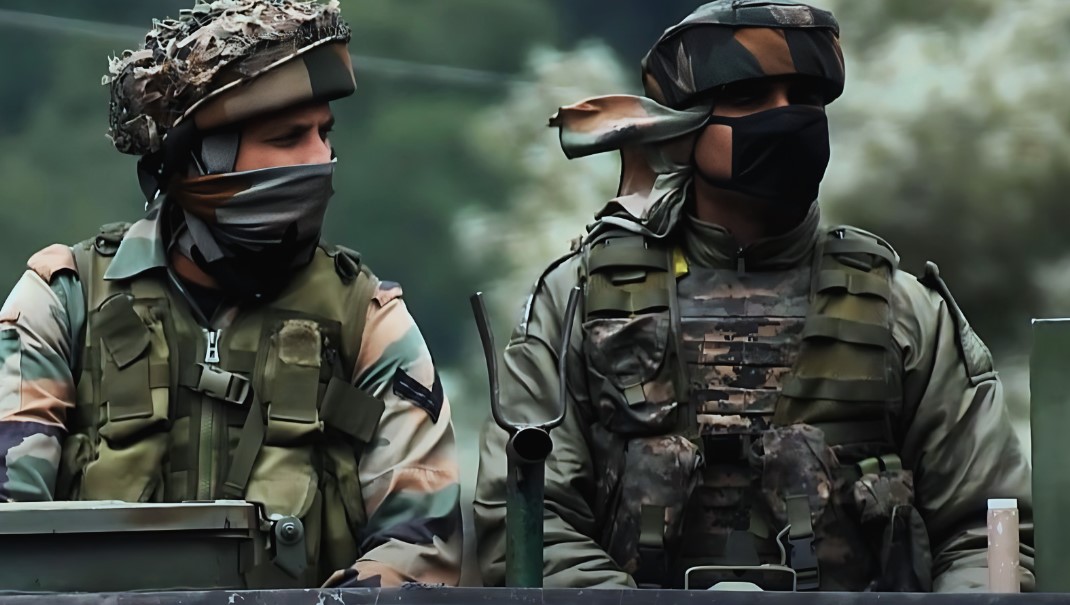
The Special Frontier Force (SFF), often referred to as “The Ghosts of Chittagong Hill Tracts,” operates under a veil of secrecy according to Grey Dynamics. This elite covert unit, tasked with missions along the tumultuous Sino-Indian border, epitomizes the essence of stealth and precision. Renowned for their classified operations, the SFF members play a pivotal role in safeguarding the nation’s security, making them among the most formidable commandos in India.
- Minimum Education: High school diploma
- Age of Enlistment: 20-26 years
- Retirement Age: After 15-17 years of service
- Recruitment Process: Involves a classified and stringent selection cycle
6. COBRA – Jungle Warfare Specialists
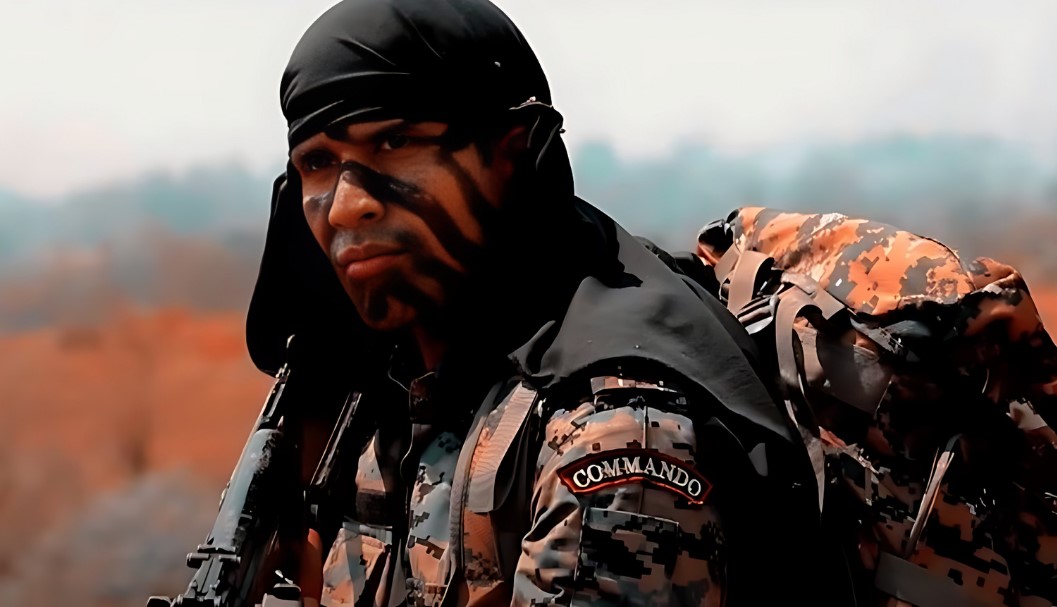
The Commando Battalion for Resolute Action, commonly known as Cobra, is the epitome of bravery and expertise in combating left-wing extremism in India. Tasked with operations in some of the most inaccessible terrains, Cobra commandos are the nation’s bulwark against Naxal insurgency as noted by The Economic Times. Their operations, deep within remote jungles and under challenging conditions, underscore their pivotal role in restoring peace and order in affected regions.
- Minimum Education: High school diploma
- Age of Enlistment: 19-25 years
- Retirement Age: After 15-17 years of service
- Recruitment Process: Includes CRPF’s specialized recruitment exams
5. Garud Commando Force – Airbase Protectors
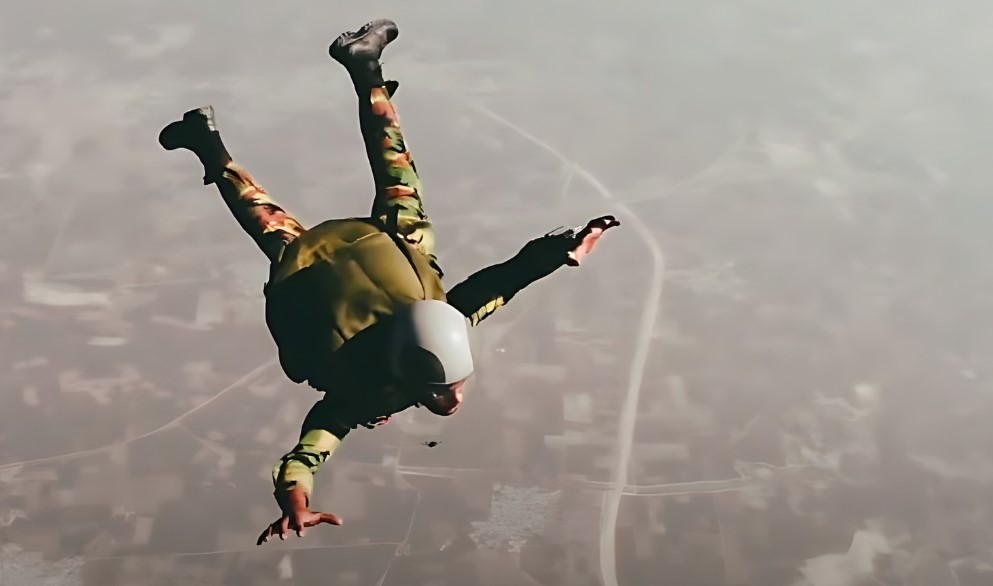
The Garud Commando Force, an elite unit of the Indian Air Force, stands as a testament to aerial prowess and ground defense. Known as the “Defenders of the Skies,” these commandos are entrusted with the critical tasks of airbase protection, search and rescue operations, and ensuring the security of Indian airspace. Their rapid response capability and exceptional dedication are pivotal in safeguarding the nation’s aerial assets and supporting high-risk military operations.
- Minimum Education: High school diploma
- Age of Enlistment: 18-22 years
- Retirement Age: After 15-17 years of service
- Recruitment Process: Entrants must complete the Indian Air Force’s assessments
4. Ghatak Platoon – Silent Strike Operators
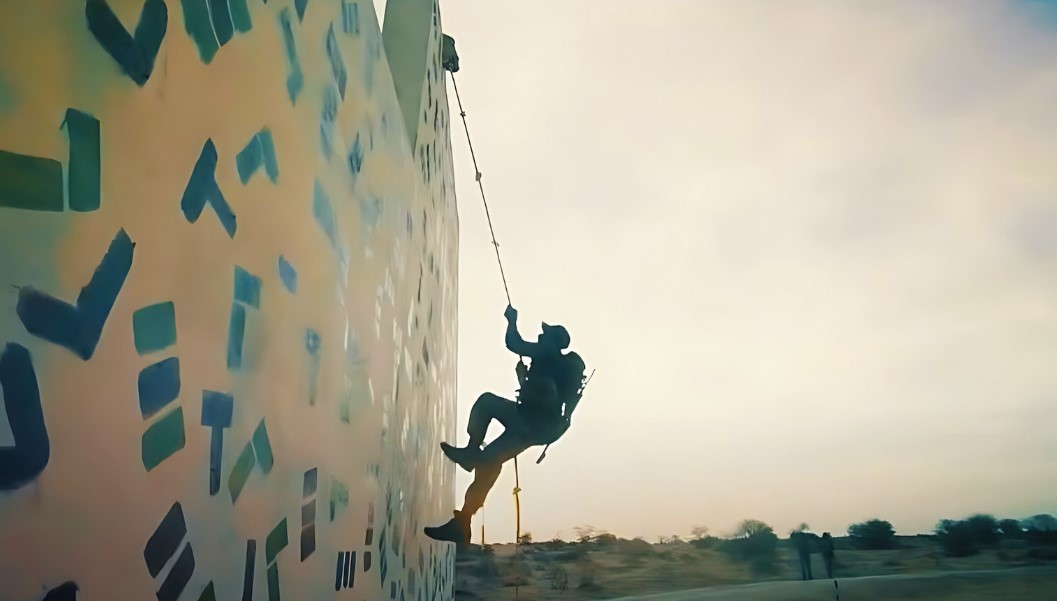
The Ghatak Force, integral to the Indian Army, stands as the embodiment of lethality and precision. Renowned as the “Lethal Edge” among India’s commando units, these soldiers are at the forefront of covert reconnaissance, direct action, and counter-terrorism operations as it is said on this Quora discussion. Their rigorous training regimen and extensive operational experience prepare them to excel under the most arduous conditions, solidifying their role as a cornerstone in India’s defense strategy against terrorism.
- Minimum Education: High school diploma
- Age of Enlistment: 18-24 years
- Retirement Age: After 15-17 years of service
- Recruitment Process: Must pass the Indian Army’s testing protocols
3. NSG – The Black Cats’ Valor
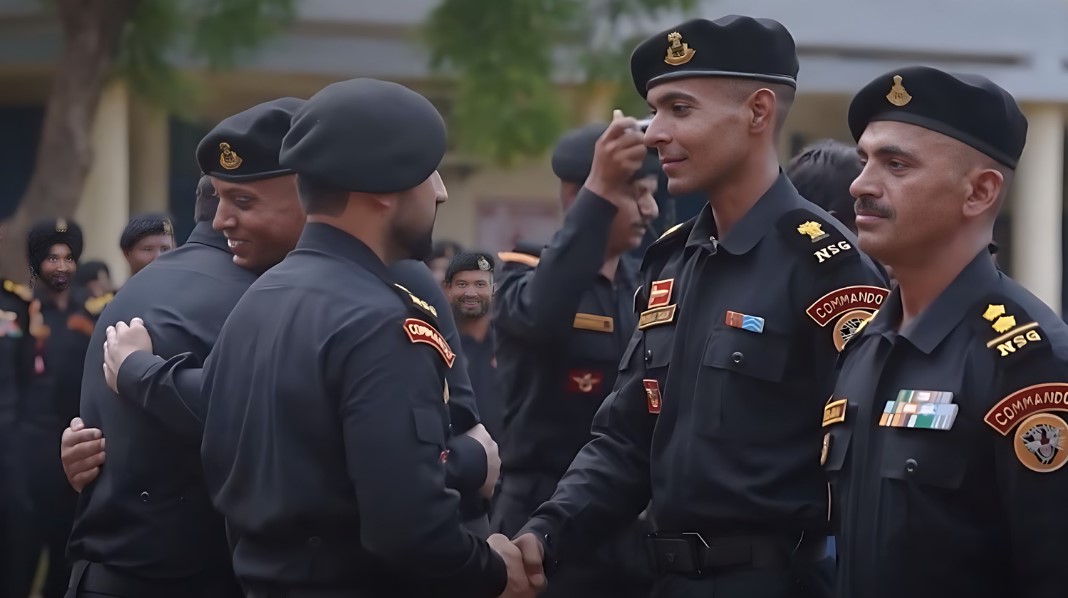
The National Security Guard (NSG), famously known as the “Black Cats,” epitomizes the pinnacle of tactical proficiency and valor in India. This federal contingency force is meticulously selected to confront and neutralize terror threats, positioning them as India’s premier line of defense in high-stakes situations. The NSG’s unmatched expertise and courage categorize them among the elite, making them integral to the nation’s strategic counter-terrorism framework.
The term “Black Cat” is often used to refer to special forces or commando units that operate with stealth and precision, much like the elusive and agile nature of a black cat. The name may also evoke a sense of mystery and fearlessness. Different military units or organizations may have their own specific reasons for using the “Black Cat” designation, but it generally represents the qualities of agility, stealth, and fearlessness that are associated with commando operations.
- Minimum Education: High school diploma
- Age of Enlistment: 18-25 years
- Retirement Age: After 10-15 years of service
- Recruitment Process: Requires clearing the NSG’s intense selection procedure
2. Para SF – Elite Aerial Paratroopers
The Para Commandos, an elite unit of the Indian Army, are celebrated for their skydiving prowess and unparalleled bravery. Bearing the motto “Men Apart, Every Man an Emperor,” they epitomize the zenith of fearlessness and determination. Specializing in airborne operations, Para Commandos are adept at deploying into the heart of action from the skies, ready to tackle the most daunting missions. Their expertise in skydiving, combined with rigorous combat training, makes them a formidable force and the embodiment of India’s “Most Dangerous Commando.”
- Minimum Education: High school diploma
- Age of Enlistment: 19-24 years
- Retirement Age: After 15-17 years of service
- Recruitment Process: Must succeed in the Indian Army’s entrance exams
1. MARCOS – Masters of Stealth and Sea
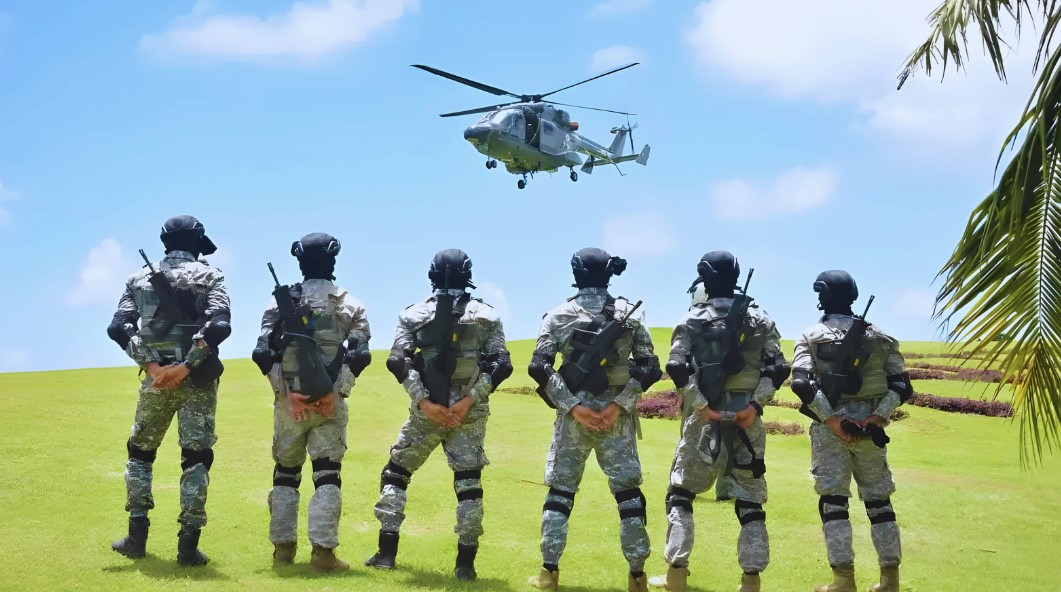
MARCOS, the Marine Commandos of the Indian Navy, stand as the epitome of stealth and precision. Known as the “Unseen Heroes,” they are a critical component of India’s defense architecture, specializing in amphibious warfare, counter-terrorism, and direct action missions. Their extensive training in maritime and terrestrial operations enables them to execute covert operations with unmatched expertise, truly embodying the essence of what it means to be among the “Most Dangerous Commandos” in India.
- Minimum Education: High school diploma
- Age of Enlistment: 20-24 years
- Retirement Age: After 15-17 years of service
- Recruitment Process: Must clear Indian Navy’s entrance exam
Training Regimens and Challenges
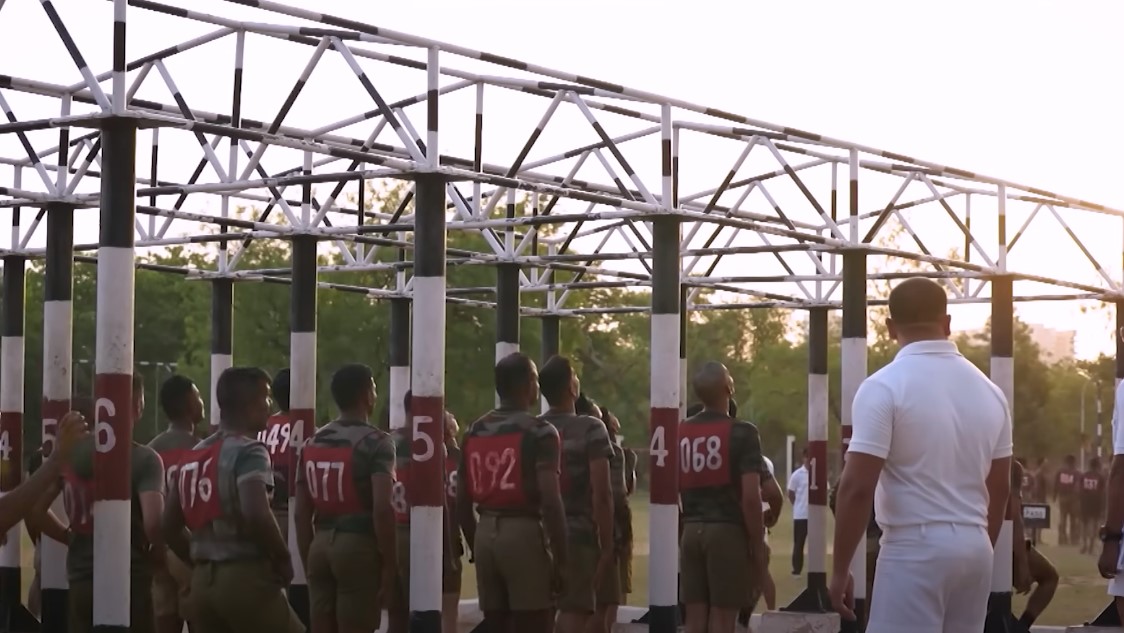
The journey to becoming a commando is marked by a series of rigorous training phases, each designed to test the limits of physical endurance, mental toughness, and tactical skills. The selection process is the first hurdle, where candidates undergo demanding physical tests, endurance challenges, and psychological evaluations. This phase aims to identify individuals with exceptional fitness, mental resilience, leadership qualities, and quick decision-making abilities.
Phase 1: Basic Training
Once selected, candidates enter a grueling basic training program focusing on physical fitness, including long-distance runs, obstacle courses, combat swimming, and diving, alongside extensive weapons training. This phase builds strength, endurance, agility, and the ability to operate in any terrain or climate.
Phase 2: Special Forces Selection
The selection for Special Forces is known for its intensity, involving sleep deprivation, exhaustion, and both mental and physical challenges, with a high attrition rate of 90-95%. It’s a testament to the commandos’ elite status, preparing them for the most demanding missions.
Phase 3: Specialization
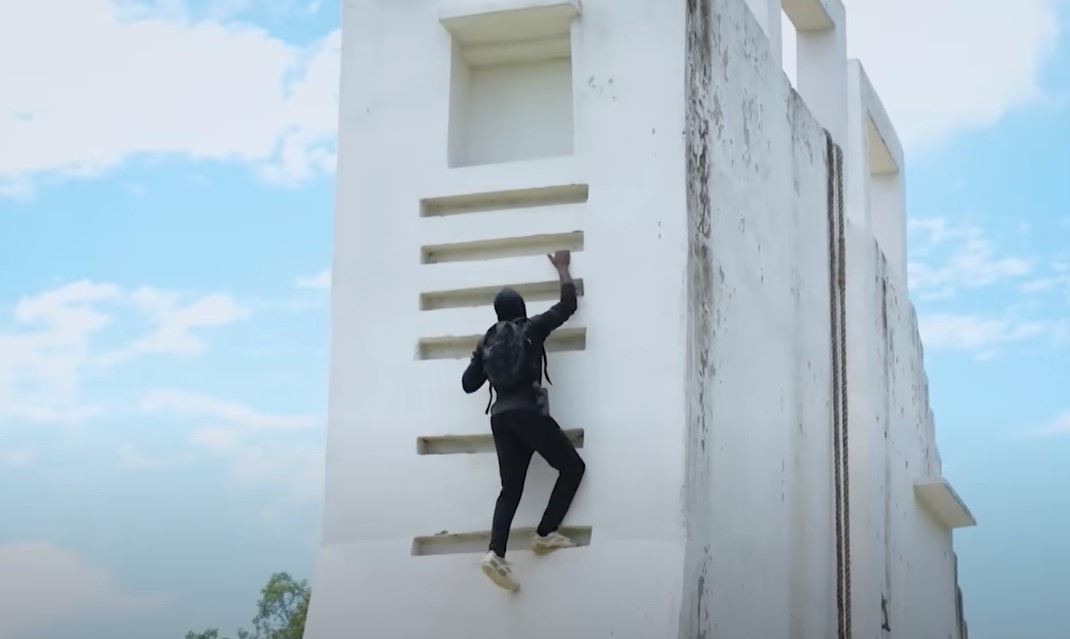
In the specialization phase, commandos undergo training in counter-terrorism, reconnaissance, demolition, sniper operations, and unconventional warfare. This includes learning specialized infiltration and exfiltration methods, such as combat freefall and diving, and mastering High Altitude Low Opening (HALO) and High Altitude High Opening (HAHO) parachuting techniques.
Phase 4: Field Experience
Field experience is crucial, exposing commandos to real-world scenarios through operational deployments and joint exercises. This phase sharpens their skills, teaches adaptability, and enhances their ability to make quick decisions in high-stress situations.
Notable Operations of Indian Commando Units
Indian commando units have a storied history of undertaking high-risk operations both within and outside the country’s borders. Here are some of the most notable operations involving these elite forces:
1. Operation Cactus (1988)
- Unit Involved: Para (Special Forces)
- Overview: In response to a coup attempt against the government of President Maumoon Abdul Gayoom of the Maldives, India launched Operation Cactus. Para SF commandos spearheaded the intervention, successfully thwarting the coup and restoring the legitimate government.
2. Operation Khukri (2000)
- Unit Involved: 2 Para (SF)
- Overview: This operation was conducted in Sierra Leone to rescue 223 soldiers of the Indian Army’s 5/8 Gorkha Rifles who were deployed as UN peacekeepers but had been surrounded by militants from the Revolutionary United Front. The operation underscored the capability of Indian commandos to conduct precise and effective rescue missions in hostile territories.
3. 2016 Surgical Strikes
- Unit Involved: Para (Special Forces)
- Overview: Following a terrorist attack on an Indian army base in Uri, Jammu and Kashmir, India conducted surgical strikes against militant launch pads across the Line of Control in Pakistan-occupied Kashmir. The operation aimed to prevent infiltrators from entering Indian territory and was a significant demonstration of India’s willingness to undertake direct action against terrorism.
4. Anti-Piracy Operations
- Unit Involved: MARCOS (Marine Commandos)
- Overview: MARCOS have been deployed in anti-piracy operations, notably in the Gulf of Aden, to protect commercial ships from pirate attacks. Their involvement highlights the versatility of Indian commandos in dealing with unconventional security challenges.
5. Operations against LTTE
- Unit Involved: MARCOS
- Overview: In the late 1980s and early 1990s, MARCOS were deployed in Sri Lanka against the Liberation Tigers of Tamil Eelam (LTTE) and undertook numerous operations to counter the LTTE’s maritime capabilities.
FAQ
Conclusion
Indian commando units represent the pinnacle of military excellence, embodying unmatched bravery, rigorous training, and strategic acumen. These elite forces, each with their specialized skills and roles, are crucial to India’s defense mechanism, safeguarding the nation against internal and external threats.
Through their valorous deeds, from high-risk counter-terrorism operations to international peacekeeping missions, they uphold India’s sovereignty and contribute to global security. The dedication and sacrifices of these commandos continue to inspire awe and respect, making them true heroes of the nation.
Disclaimer
All information presented in this text is based on our own perspectives and experiences. The content is provided for informational purposes only and is a reflection of the personal views of the authors. It should not be taken as professional advice, nor should it be used as a basis for making significant decisions without consulting a qualified expert. We do not guarantee the accuracy or reliability of the information provided and shall not be held responsible for any inaccuracy, omissions, or inaccuracies. We highly recommend consulting with a qualified expert in the relevant field for personalized guidance or advice specific to your situation

